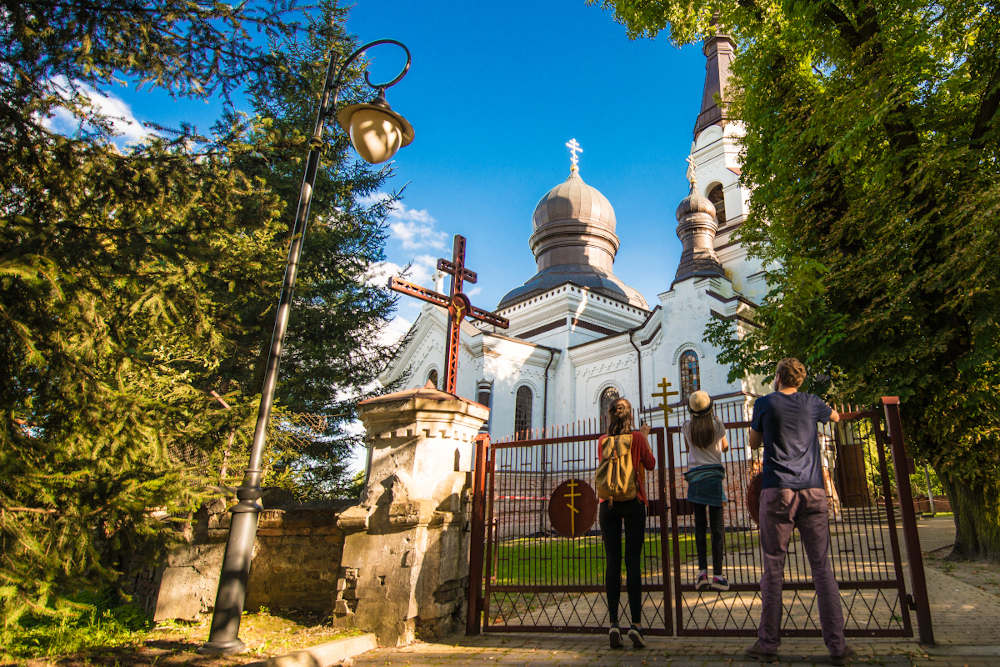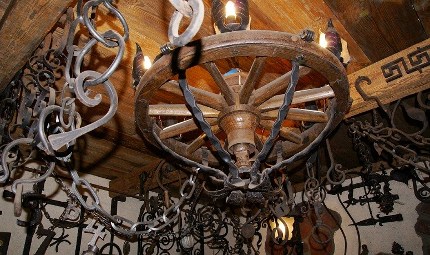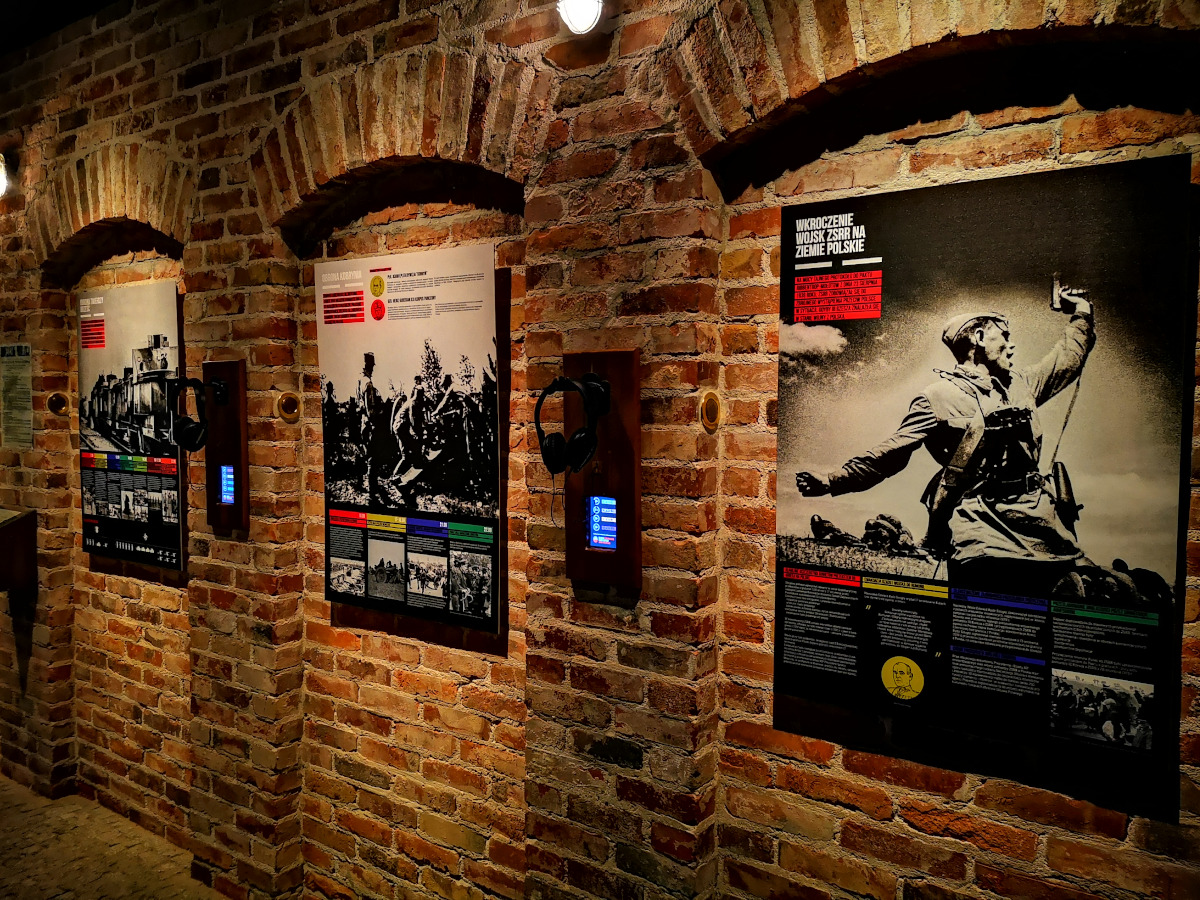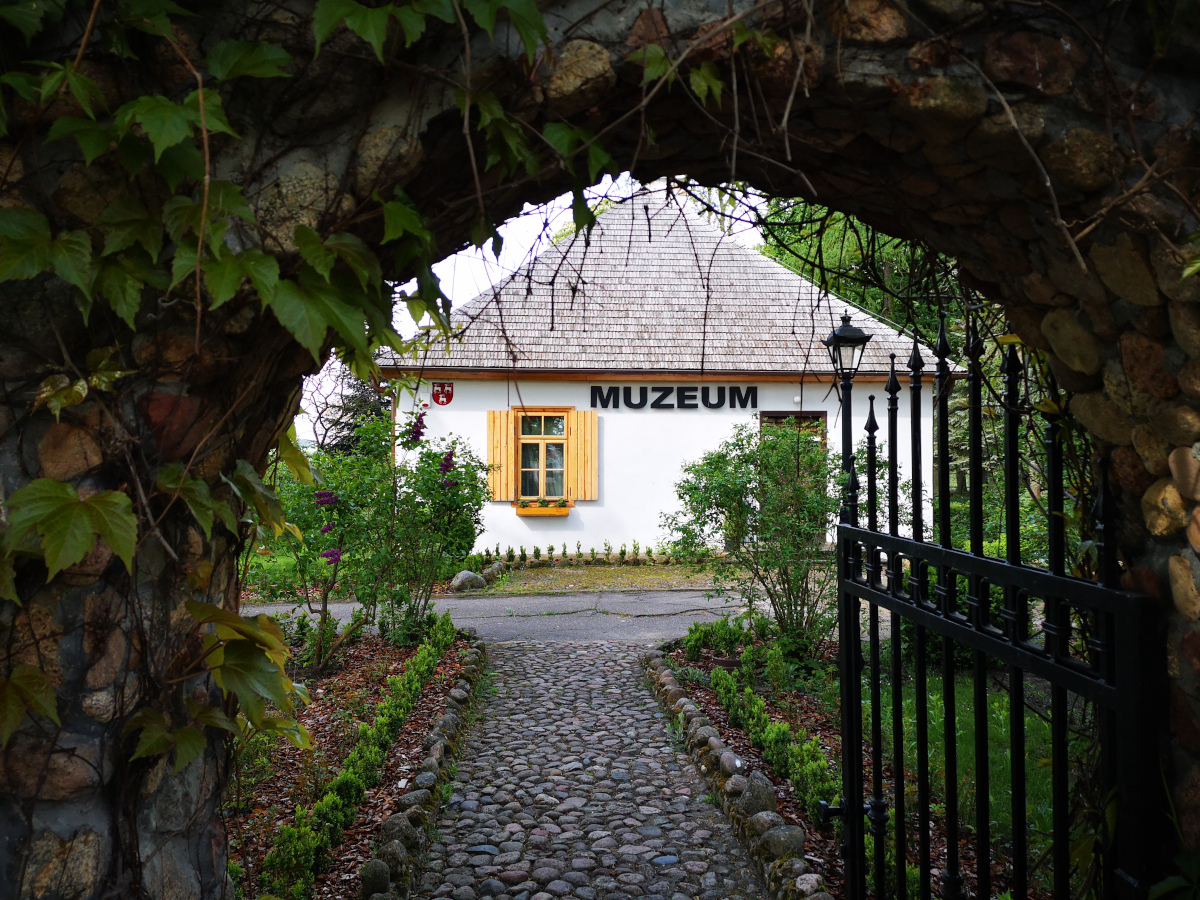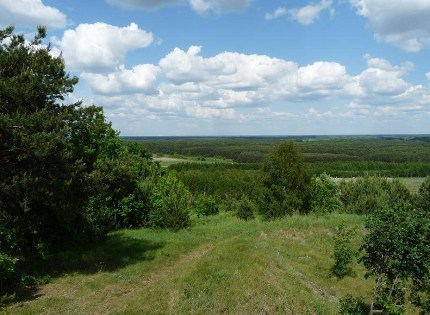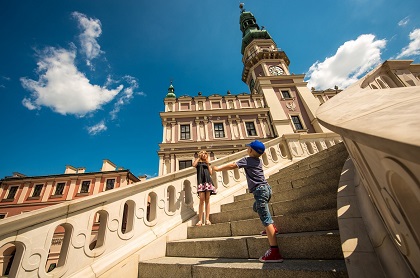Places

A town by the Bug River. It has the unique atmosphere of a historic small town with visible signs of cultural coexistence of Catholicism, Orthodox Christianity and Judaism. The most interesting landmarks include: 18th-century Baroque synagogues, Baroque church and monastery of the Pauline Order (18th c.), 19th-century Russo-Byzantine Orthodox temple and a Baroque commercial building with shops and butcher’s stalls called the Tetragon. Włodawa hosts the annual Festival of Three Cultures promoting the multicultural heritage of the town. In the southern suburb of the town, on a high riverbank ...

A large agri-tourist village maintaining smithery traditions. Every year the village hosts workshops and festivals of traditional blacksmithing craft. ...

A village situated in the Grabowieckie Divide. The preserved small town architecture reminds of the time when Wojsławice was a town of three religions. Places of interest include a late-Renaissance Roman Catholic church from the XVI century, an XVIII century Orthodox church (formerly a Uniate temple) and a 1780 Jewish synagogue (presently serving as a library and a Chamber of Traditions of the Wojsławice Land). By each of five roads leading to the village there is a brick chapel with a sculpture of a saint built in the mid XVIII century. ...

A village with a Baroque church from the turn of the 18th c. – the sanctuary of Our Lady, the Patron Saint of Polish Soldiers of the September Campaign. At the parish cemetery there is a grave of soldiers from General Kleeberg’s ‘Polesie’ Independent Operational Group who died during the Battle of Kock (3-5 October 1939), fought near Wola Gułowska. Memorabilia and information connected with the battle can be seen at the local Museum of Combat Action of Kleeberg’s Soldiers. ...

A birthplace of Henryk Sienkiewicz (5th May 1846), a writer and Nobel Prize winner. The Sienkiewicz museum features family memorabilia, authentic objects and modern sculptures of characters from his novels. The building is located inside a manor annex within a 19th-century landscape park. ...

Village in the valley of the Bug River and a popular agri-tourist resort since the beginning of the 20th c. It offers ideal conditions for rest and relaxation – beautiful scenery of forests and riverside fields, healthy microclimate, and a beach with a swimming area by an oxbow lake created by the meandering Bug River. ...

A village with a private archaeological museum featuring a reconstructed early Slavic settlement, modelled on the 10th-century settlement discovered in the neighbouring village of Klarów. Cultural events and workshops presenting the life of early Slavic tribes are often held here. ...

The natural, historic, cultural and tourist assets given special protection in this park include the scenic north-west part of the Urzędowskie Heights and the stretch of the Małopolski Gorge of the Vistula River between Piotrawin and Józefów. The area has a much diversified lay of the land with loessial ravines and steep escarpments of the valley of the Vistula River. The landscape features orchards and fields with fruit plantations as well as forests with old-growth woods (which cover 40% of the protected area). Historic sights worth seeing include a 15th-century church in Piotrawin and a ...

The city was founded in the XVI century by Crown Hetman Jan Zamoyski. Designed by an eminent Italian architect Bernardo Morando, the city-fortress was inscribed on the UNESCO World Heritage List in 1992 as an architectural and urban complex. ...

The nearly 350-year-old mizar in Zastawek reminds us of the Tatars who lived in the Bug and Krzna rivers areas in the first half of the XX century. In 1679, King Jan III Sobieski granted these lands to the Tatar officers as a payment of outstanding pay for the service of the Commonwealth. They had their own religious community with a mosque and a cemetery in Studzianka, the no longer existing cemetery in Małaszewicze, and a cemetery in Lebiedziewo-Zastawek. On the latter, over 50 tombstones from the XVIII-XX centuries have been preserved. Some of them have legible inscriptions in Polish, Russ ...
Page 15 of 16




